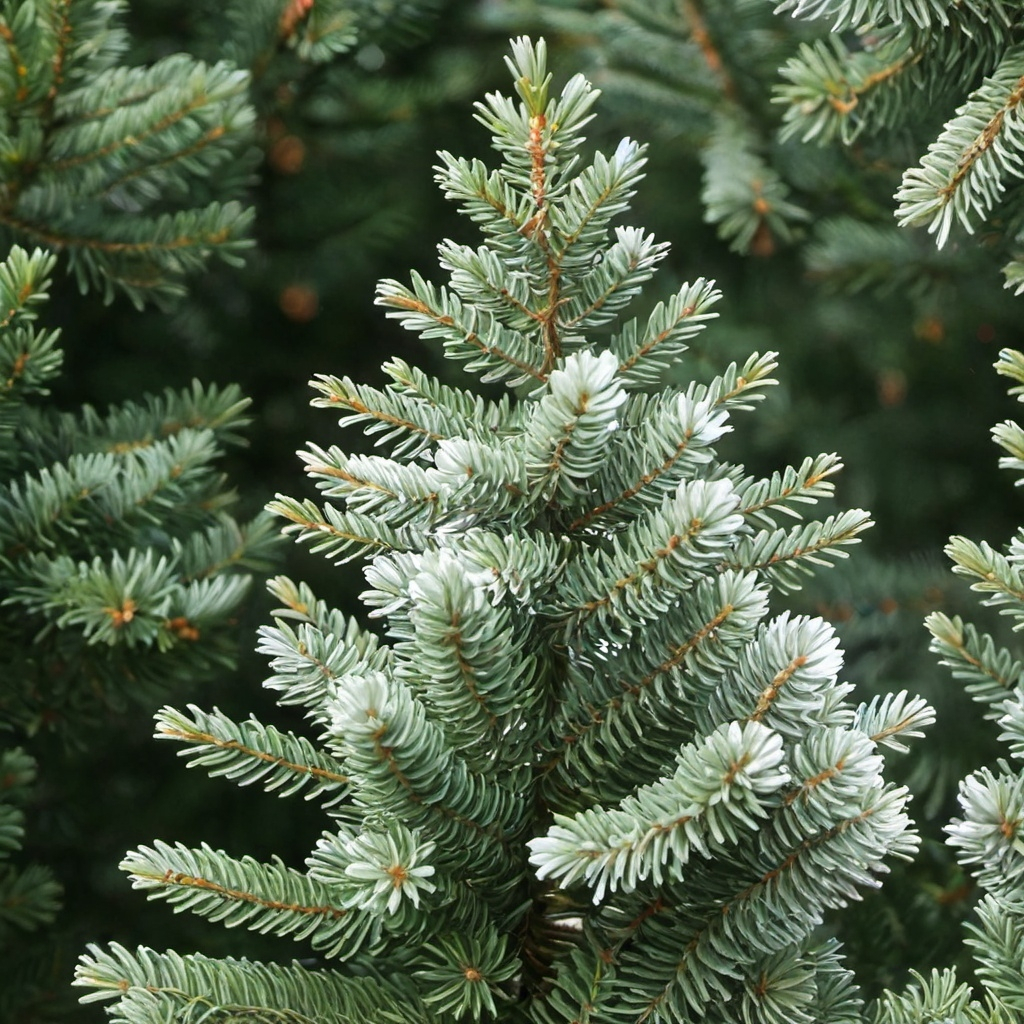White Fir Tree Seeds
White Fir Tree Seeds
Couldn't load pickup availability
White Fir Tree Seeds
(Abies concolor)
Abies concolor, commonly known as the White Fir, is a species of fir native to the mountains of western North America.
Description
- Size: White firs can grow to a height of 40 to 60 meters (130 to 200 feet) with a trunk diameter of up to 1.5 meters (5 feet).
- Bark: The bark is smooth and gray on young trees, becoming thick, rough, and deeply furrowed on older trees.
- Leaves: The leaves are needle-like, flat, and typically blue-green to silvery-green, measuring 2.5 to 6 cm (1 to 2.4 inches) long. They are arranged spirally on the shoot but twisted to lie flat.
- Cones: The cones are cylindrical, 6 to 12 cm (2.4 to 4.7 inches) long, and disintegrate at maturity to release the seeds.
Habitat
- Range: Abies concolor is found in mountainous regions from Oregon and California in the north to northern Mexico in the south, and from the Rocky Mountains in the east to the Sierra Nevada and Coast Ranges in the west.
- Elevation: This species typically grows at elevations of 900 to 3,400 meters (3,000 to 11,200 feet).
Growth and Lifespan
- Growth: It grows best in deep, well-drained soils with sufficient moisture, often in mixed coniferous forests.
- Lifespan: White firs can live for several hundred years, with some individuals reaching over 300 years of age.
Uses
- Timber: The wood of the white fir is used for construction, paper production, and as a source of plywood and veneer.
- Ornamental: It is also a popular ornamental tree in parks and large gardens due to its attractive foliage and form.
- Christmas Trees: The species is commonly used as a Christmas tree.
Ecological Importance
- Wildlife Habitat: The white fir provides habitat and food for various wildlife species, including birds, squirrels, and deer.
- Soil Stabilization: Its extensive root system helps in soil stabilization and prevents erosion in mountainous areas.
Adaptations
- Drought Tolerance: White fir is relatively drought-tolerant compared to other fir species, which makes it well-suited to the dry conditions of its native range.
- Fire Adaptations: Mature trees have thick bark that helps protect them from low-intensity fires, though they are not as fire-resistant as some other conifers.
The white fir is an important component of many western North American forests, contributing to the ecological diversity and stability of these ecosystems.
Zones: 4 to 7
Stratification Requirement: Seed requires 30-45 days cold moist stratification.
Planting Instructions:
To prepare the seeds, soak them in water for 24 hours to help break dormancy. After soaking, stratify the seeds by placing them in a plastic bag with a mixture of moist seed-starting mix. Store the bag in the refrigerator for about 30 to 45 days. This cold treatment mimics winter conditions and is essential for successful germination.
After stratification, prepare a planting tray or pots with a well-draining seed-starting mix. Sow the seeds on the surface and lightly cover them with a thin layer of the mix, ensuring they are not buried too deep. Mist the soil lightly with water to keep it consistently moist but not waterlogged.
Place the tray or pots in a location with bright, indirect light and a temperature range of 60-70°F (15-21°C). Keep the soil moist during the germination period, which can take several weeks. Once the seedlings are large enough to handle, transplant them into individual pots with well-draining soil.
Gradually acclimate the seedlings to outdoor conditions before planting them in their final location. Choose a site with well-draining soil and partial to full sun exposure. Ensure the site provides enough space for the trees to grow to their full size. Water the young trees regularly until they are established, then reduce watering as they become more drought-tolerant. Mulch around the base to retain moisture and suppress weeds.
Share


